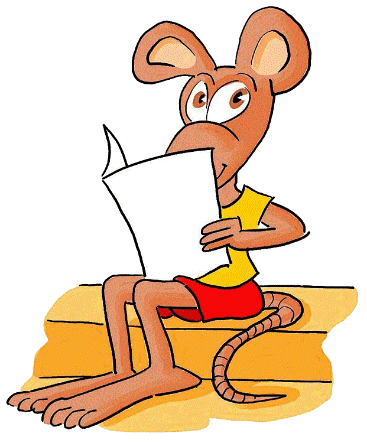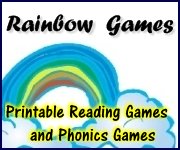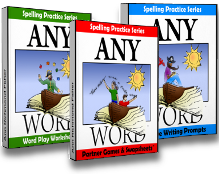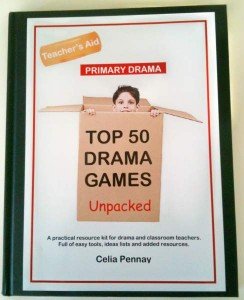How to Write Comic Books
Art and Humor in the Creative Writing Classroom!
Learning how to write comic books gives kids a chance to indulge in fantasy careers as graphic illustrators. Who knows? By teaching how to write comics, you may launch the next Charles Schultz!
Through telling a short, humorous story with words and phrases, learning how to write comics encourages students to creatively use detailed illustrations to express a story line. As your class practices how to write comics, they'll also utilize all of the individual ways they learn best! Below are "comic connections" to the multiple intelligences. I'm sure you'll recognize other connections as well.
How to Write Comic Books: Multiple Intelligence Connections
- Verbal-Linguistic: writing the dialogue for speech bubbles and the story line for a comic
- Spatial: illustrate the comic
- Bodily-Kinesthetic: sequence the scrambled pages of a comic book
- Logical-Mathematical: plan the logical order of the story line; determine the number of pages needed for the comic book
- Interpersonal: edit comic books with a partner
- Intrapersonal: plan and create initial drafts of the comic book
- Musical: decide upon sound effects for the pages ("Crash!", "Bang!", "Pow!", etc.)
- Naturalist: create a storyline about nature and the environment
- Existential: create a storyline expressing specific values
How to Write Comic Books: A Step-by-Step Guide
- Step 1: With your class, examine various comic strips and books, discussing the viewpoint of the artist or the overall theme of the plot. List the elements of a great comic book. Art? Action? Dialogue? Humor? Storyline? A message to the reader?
- Step 2: Brainstorm ideas for good storylines. Students might self-select a topic for their first comic books, or you may wish to assign a theme. Designing comic books makes great cross-curricular projects!
- Step 3: Have students develop the personalities of their characters and begin to sequence a storyline. Write a short paragraph describing the plot, along with character descriptions. These notes will form the material for their comic books.
- Step 4: Have students break down their storyline into sections. This can be done through either changes in settings or events in the plot.
- Step 5: Begin to draw detailed pictures illustrating each section of the plot. Remember to leave room for speech bubbles and any necessary captions.
- Step 6: Assemble pages in sequential order, add a vivid cover, and share the finished books in a classroom comic-fest!
- Evaluation: Check each book for the following:
- Is the story separated into appropriate sections?
- Do the illustrations match each section?
- Does the plot make sense and follow a reasonable sequence?
- Are captions and dialogue spelled correctly?
Return from How to Write Comic Books to Creative Writing Activities
Return from How to Write Comic Books to Creative Writing Ideas and Activities
Helping You Write Across the Curriculum!
copyright 2009-2013 www.creative-writing-ideas-and-activities.com
Our Most Popular Pages
5. Writing a Personal Narritive
10. Elements of Persuasive Writing
Recommeded Resources:
AnyWord(TM) Spelling Practice Series!
Worksheets, games and activities to use with any spelling words. Three volumes in all!
Stop Essay Pain!
LitWorks.com
Resources to help students prepare for literature examinations.
Teach Kids Drama!








